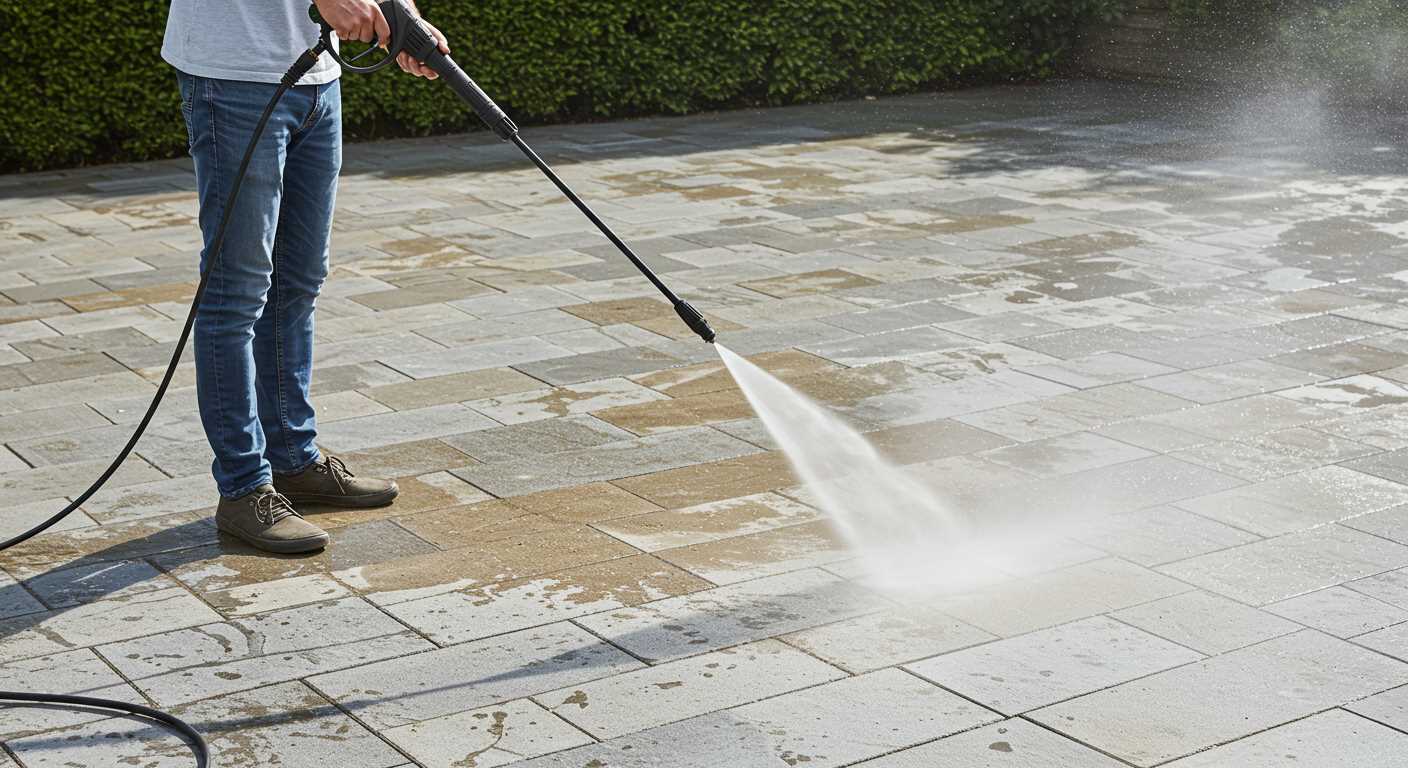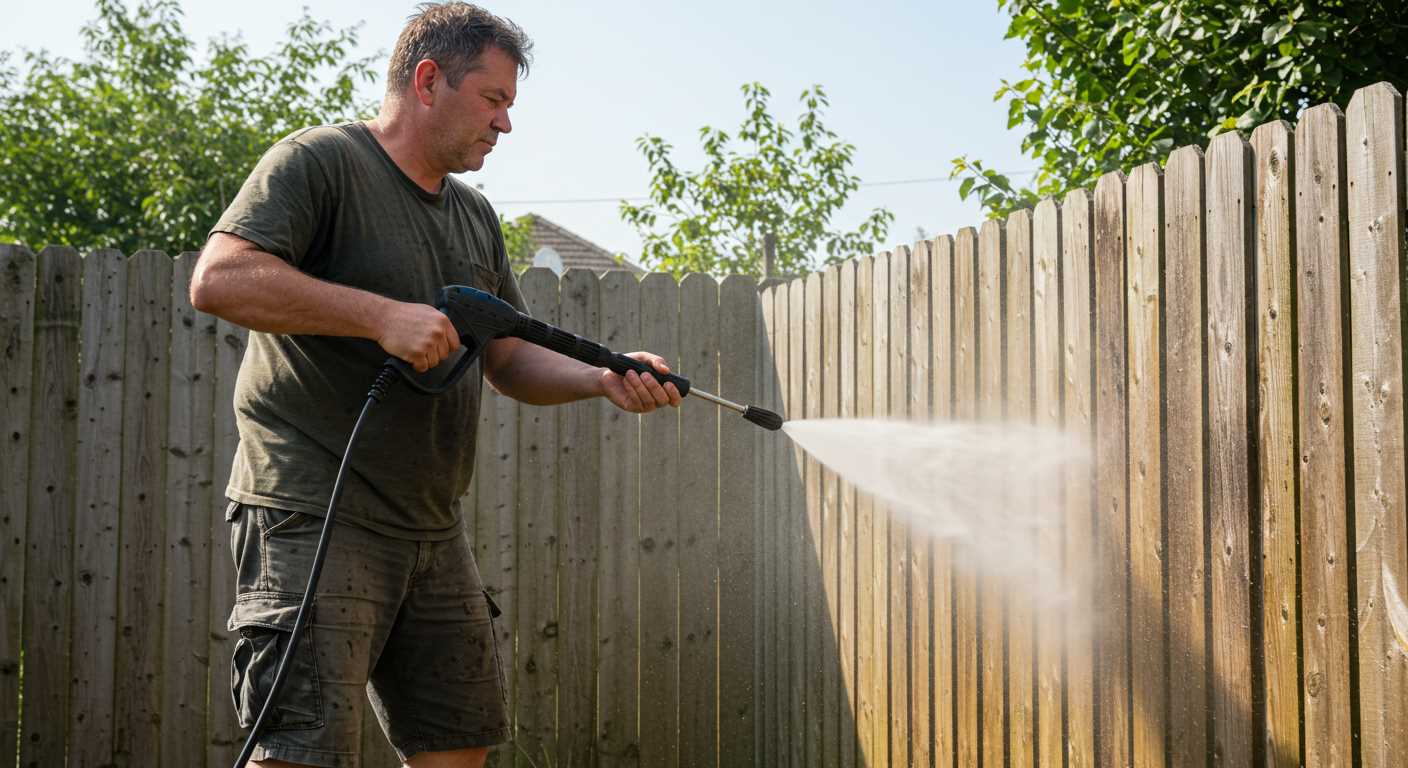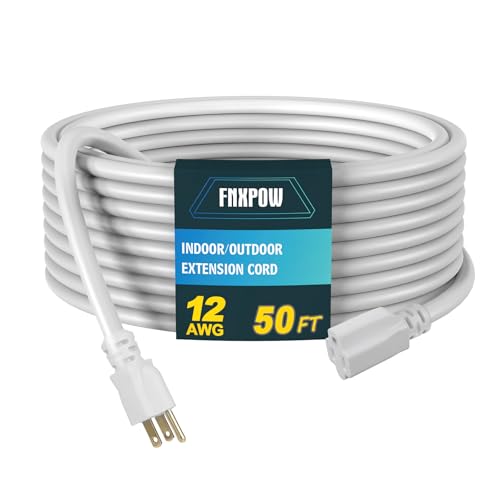

If you’re looking to elevate your cleaning capabilities, consider integrating a high-velocity spinning attachment into your cleaning setup. This device significantly amplifies the force of your water stream, making it ideal for tackling tough grime, stubborn stains, and expansive surfaces more efficiently than standard attachments.
Utilising a spinning action, this accessory combines the efficiency of a concentrated jet with the broad coverage of a fan spray. This means you can complete tasks like surface preparation, vehicle detailing, and outdoor cleaning in a fraction of the time. With its unique design, the tool provides a more thorough clean while minimising the risk of surface damage that conventional methods might cause.
When selecting an attachment, pay close attention to compatibility with your existing equipment. Look for options with varying pressure ratings and rotating speeds tailored to the type of surface you plan to clean. Regular maintenance, such as rinsing after use and inspecting for wear, will also help maintain performance over time, ensuring you get the most out of your investment.
Understanding a Rotary Turbo Nozzle System
For optimal cleaning power, a rotating head attachment significantly enhances the water stream’s effectiveness. This design combines high pressure with a wide cleaning area, allowing one to tackle stubborn dirt and grime quickly.
When using this tool, positioning matters. Hold the equipment at a slight angle to surfaces, which improves contact and maximises cleaning ability. It’s also vital to maintain a consistent distance; typically around 12 inches from the target area is ideal. Too close, and you risk damaging surfaces; too far, and the efficacy diminishes.
Regular maintenance of the rotating attachment is crucial. After each use, inspect for debris clogging the mechanism. A simple rinse will prevent blockages that impact performance. Additionally, changing the nozzles periodically helps maintain an optimised cleaning experience.
This cleaning apparatus is particularly effective on hard surfaces like driveways, patios, and decks, where embedded grime can be tough to shift. For best results, pair with appropriate cleaning detergents designed for surface types, ensuring the formulated cleaner complements the water pressure to achieve desired outcomes.
Safety precautions are essential during operation. Always wear protective gear, including goggles and gloves, to shield against accidental splashes and debris. Understanding the settings and limits of your equipment before use prevents mishaps and enhances the overall cleaning process.
In conclusion, for anyone seeking to elevate their cleaning routine, integrating a rotating head attachment into your system can produce remarkable results, streamlining the effort and ensuring a thorough clean.
How Rotary Turbo Nozzles Work in Pressure Washers
I recommend understanding the mechanics of these attachments to appreciate their effectiveness. These devices amplify the water output by combining a rotating motion with a concentrated stream, ensuring that every cleaning task is completed efficiently. By taking advantage of centrifugal force, they manage to deliver a powerful jet of water that moves in a circular pattern, significantly enhancing cleaning performance.
Mechanics of Operation

When activated, a high-pressure stream exits the cleaning tool through a specially designed opening. As water flows through, it enters a rotational chamber where it encounters a series of strategically positioned blades. These blades propel the stream, creating a swift rotation that optimises coverage while maintaining high pressure. This process allows for the breaking down of stubborn grime and dirt much more effectively than a standard spray.
Cleaning Performance
The benefits of this advanced approach are apparent during use. The rotating action not only increases pressure but also spreads the force over a wider area, reducing the risk of surface damage. This makes it an ideal choice for different cleaning applications, from driveways to patios and vehicles. Users commonly report a noticeable reduction in cleaning time due to the more impactful design.
| Feature | Standard Nozzle | Rotating Attachment |
|---|---|---|
| Water Flow Pattern | Fixed | Rotating |
| Pressure Delivery | Consistent | Enhanced |
| Surface Damage Risk | Higher | Lower |
| Cleaning Efficiency | Moderate | High |
| Ideal Use | General Cleaning | Stubborn Grime Removal |
In my experience, integrating these cutting-edge attachments into your routine can transform the way you approach cleaning tasks. They maximise performance while saving time, and their design ensures a thorough job without compromising safety. Always ensure compatibility with your equipment before use for optimal results.
Benefits of Using a Rotary Turbo Nozzle

Utilising this attachment enhances cleaning power significantly. The concentrated stream effectively targets tough grime, making cleaning tasks quicker and more thorough.
Improved Cleaning Efficiency
- Creates a rotating jet, increasing the area of impact while maintaining high pressure.
- Reduces cleaning time, delivering outstanding results in less effort.
Versatility for Various Surfaces
- Adapts well to different materials, from concrete to wood.
- Minimises the risk of surface damage often associated with higher pressure alone.
In my experience, the consistency in performance across different projects stands out as a major advantage. Achieving desired cleanliness becomes more manageable, especially in challenging situations. This attachment has revealed its value in both residential and commercial applications, proving its worth time and again.
Applications of Rotary Turbo Nozzle Pressure Washers

These high-performance cleaning devices excel in various tasks, making them indispensable for both domestic and commercial use. They are particularly effective in removing stubborn grime, oil stains, and accumulated dirt from surfaces, which can save significant time and effort.
Home Cleaning
When it comes to home maintenance, utilising this type of equipment on driveways, patios, and decking yields impressive results. I recommend applying it to clean vehicles for thorough elimination of dirt and debris. The focused stream is excellent for tackling embedded contaminants that traditional methods often miss.
Commercial Use
In commercial settings, these units shine in heavy-duty applications. They are perfect for cleaning building exteriors, parking lots, and industrial machinery, where high pressure is needed to lift tough residues. Contractors often prefer this equipment due to its efficiency in maintaining surfaces, leading to reduced downtime and improved client satisfaction.
Choosing the Right Cleaning Unit for a Rotary Turbo Attachment
For the best experience with a rotating cleaning attachment, I recommend opting for a device that offers a minimum pressure rating of 2000 PSI. This ensures adequate force to maximise the impact of the device while maintaining efficiency.
A unit with adjustable pressure settings provides flexibility for various tasks, allowing you to switch between tough grime removal and gentler surfaces without damage. Look for models that support at least a 2.5 GPM flow rate. This higher water volume enhances your cleaning capability when combined with the rotating feature.
Electric units serve well for light to medium cleaning tasks, while petrol options provide the raw power necessary for extensive outdoor projects. Consider whether the noise level of an electric machine suits your environment, especially in residential areas. If you require mobility, select a model with sturdy wheels and a compact frame for easy transport.
Compatibility is critical. Always check that the attachment fits securely with your chosen machine. Many attachments may require specific connectors, so confirming this detail before purchase will save you time and frustration.
Lastly, evaluate additional features such as onboard storage for accessories, easy pressure adjustment mechanisms, and user-friendly assembly instructions. These elements can enhance your overall experience and effectiveness while using the attachment.
Maintenance Tips for Rotary Turbo Nozzles
Regular cleaning is paramount. After each use, detach the attachment and flush it with clean water. This helps to remove any debris that could cause blockages or damage.
Inspecting for Wear
Periodically examine the attachment for wear and tear. Check for cracks, chips, or any signs of deteriorating material. Replace it if necessary to ensure optimal performance.
Lubrication and Storage
Keep the connections lubricated to prevent rust or corrosion. Use a light lubricant on the threads and any moving parts. Store the attachment in a dry place, ideally in a protective case, to shield it from moisture and physical damage.
Common Issues and Troubleshooting for Rotary Turbo Nozzles

Ensure the attachment is correctly connected to your cleaning device. A loose fitting can lead to reduced performance or inefficiencies.
Check for blockages. Dirt, debris, or hair can obstruct the outlet. Regularly inspect the flow path and remove any impediments you find.
If you notice a decrease in pressure, examine the seal and O-rings for wear or damage. Replacing these components can often restore optimal function.
Inconsistent spray patterns can indicate a clogged spray tip. Clean or replace the tip if necessary to maintain a steady and effective flow.
Excessive noise during operation may point to a malfunctioning internal component. Conduct a thorough inspection and consult the manual for guidance on troubleshooting specific issues.
Monitor for water leaking at connection points. Tightening fittings or replacing worn seals can resolve this issue effectively.
It’s wise to use appropriate cleaning solutions to prevent chemical damage. Using incompatible products can corrode metal parts and lead to unit failure.
Conduct routine maintenance checks. Cleansing internal parts and ensuring adequate lubrication where applicable can prolong the life of the device.
Lastly, if you encounter persistent issues, consult the manufacturer’s guidelines or seek professional assistance to avoid further damage. Ignoring persistent problems can lead to costly repairs.








